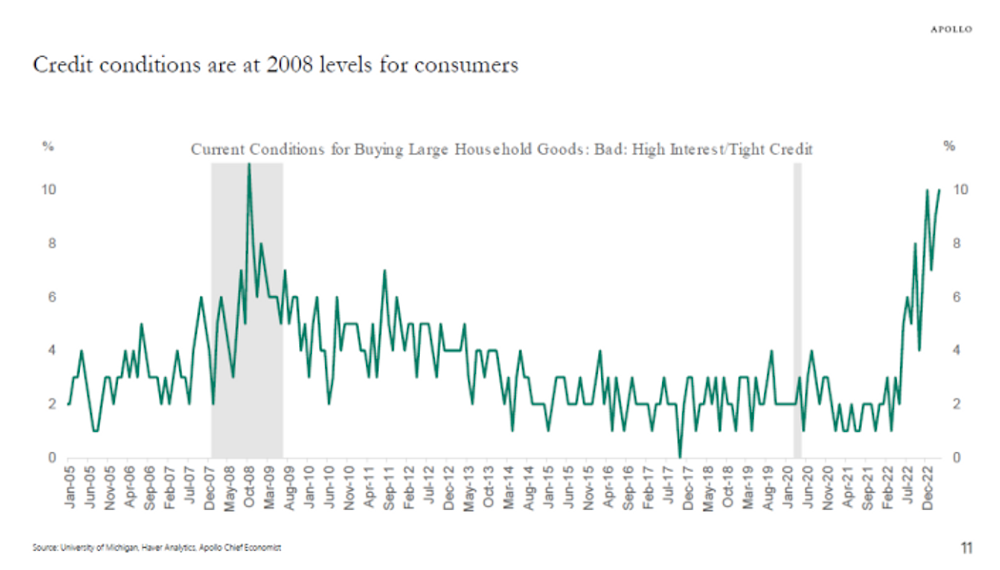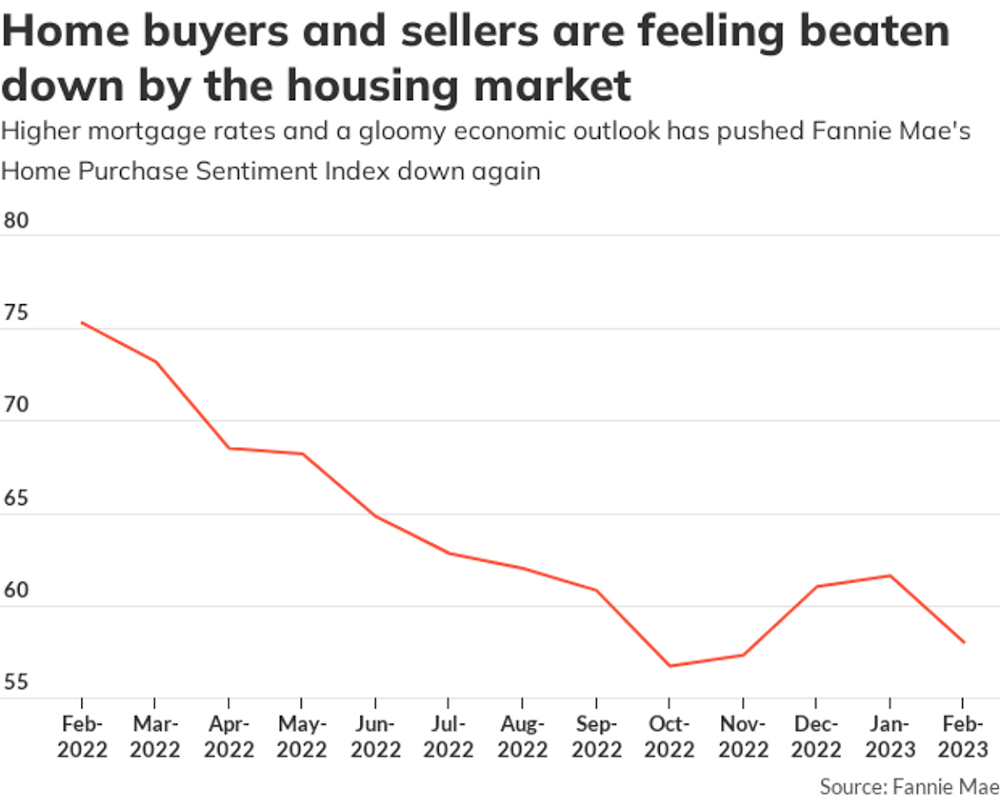WASHINGTON (MarketWatch)
The following are selected highlights from the minutes of the Federal Open Market Committee’s July 30-31 deliberations, released Wednesday:
The text of the minutes can be found here
http://www.federalreserve.gov/monetarypolicy/files/fomcminutes20130731.pdf
On whether, or when, to taper: “Almost all participants confirmed that they were broadly comfortable with the characterization of the contingent outlook for asset purchases that was presented in the June postmeeting press conference and in the July monetary policy testimony
Under that outlook, if economic conditions improved broadly as expected, the Committee would moderate the pace of its securities purchases later this year
And if economic conditions continued to develop broadly as anticipated, the Committee would reduce the pace of purchases in measured steps and conclude the purchase program around the middle of 2014.”
On whether the Fed should include new information on the asset purchase outlook:
“Most participants saw the provision of such information, which would reaffirm the contingent outlook presented following the June meeting, as potentially useful; however, many also saw possible difficulties, such as the challenge of conveying the desired information succinctly and with adequate nuance, and the associated risk of again raising uncertainty about the Committee’s policy intentions A few participants saw other forms of communication as better suited for this purpose
Several participants favored including such additional information in the policy statement to be released following the current meeting; several others indicated that providing such information would be most useful when the time came for the Committee to begin reducing the pace of its securities purchases, reasoning that earlier inclusion might trigger an unintended tightening of financial conditions.”
On whether to change the guidance for rate guidance :
“In general, there was support for maintaining the current numerical thresholds in the forward guidance
A few participants expressed concern that a decision to lower the unemployment threshold could potentially lead the public to view the unemployment threshold as a policy variable that could not only be moved down but also up, thereby calling into question the credibility of the thresholds and undermining their effectiveness
Nonetheless, several participants were willing to contemplate lowering the unemployment threshold if additional accommodation were to become necessary or if the Committee wanted to adjust the mix of policy tools used to provide the appropriate level of accommodation.”
On market expectations of interest rates:
“A number of participants mentioned that, by the end of the intermeeting period, market expectations of the future course of monetary policy, both with regard to asset purchases and with regard to the path of the federal funds rate, appeared well aligned with their own expectations
Nonetheless, some participants felt that, as a result of recent financial market developments, overall financial market conditions had tightened significantly, importantly reflecting larger term premiums, and they expressed concern that the higher level of longer-term interest rates could be a significant factor holding back spending and economic growth
Several others, however, judged that the rise in rates was likely to exert relatively little restraint, or that the increase in equity prices and easing in bank lending standards would largely offset the effects of the rise in longer-term interest rates
Some participants also stated that financial developments during the intermeeting period might have helped put the financial system on a more sustainable footing, insofar as those developments were associated with an unwinding of unsustainable speculative positions or an increase in term premiums from extraordinarily low levels.”
On a new tool to manage interest rates:
“In support of the Committee’s longer-run planning for improvements in the implementation of monetary policy, the [Open Market] Desk report also included a briefing on the potential for establishing a fixed-rate, full-allotment overnight reverse repurchase agreement facility as an additional tool for managing money market interest rates
The presentation suggested that such a facility would allow the Committee to offer an overnight, risk-free instrument directly to a relatively wide range of market participants, perhaps complementing the payment of interest on excess reserves held by banks and thereby improving the Committee’s ability to keep short-term market rates at levels that it deems appropriate to achieve its macroeconomic objectives
The staff also identified several key issues that would require consideration in the design of such a facility, including the choice of the appropriate facility interest rate and possible additions to the range of eligible counterparties
In general, meeting participants indicated that they thought such a facility could prove helpful; they asked the staff to undertake further work to examine how it might operate and how it might affect short-term funding markets
A number of them emphasized that their interest in having the staff conduct additional research reflected an ongoing effort to improve the technical execution of policy and did not signal any change in the Committee’s views about policy going forward.”
The following are selected highlights from the minutes of the Federal Open Market Committee’s July 30-31 deliberations, released Wednesday:
The text of the minutes can be found here
http://www.federalreserve.gov/monetarypolicy/files/fomcminutes20130731.pdf
On whether, or when, to taper: “Almost all participants confirmed that they were broadly comfortable with the characterization of the contingent outlook for asset purchases that was presented in the June postmeeting press conference and in the July monetary policy testimony
Under that outlook, if economic conditions improved broadly as expected, the Committee would moderate the pace of its securities purchases later this year
And if economic conditions continued to develop broadly as anticipated, the Committee would reduce the pace of purchases in measured steps and conclude the purchase program around the middle of 2014.”
On whether the Fed should include new information on the asset purchase outlook:
“Most participants saw the provision of such information, which would reaffirm the contingent outlook presented following the June meeting, as potentially useful; however, many also saw possible difficulties, such as the challenge of conveying the desired information succinctly and with adequate nuance, and the associated risk of again raising uncertainty about the Committee’s policy intentions A few participants saw other forms of communication as better suited for this purpose
Several participants favored including such additional information in the policy statement to be released following the current meeting; several others indicated that providing such information would be most useful when the time came for the Committee to begin reducing the pace of its securities purchases, reasoning that earlier inclusion might trigger an unintended tightening of financial conditions.”
On whether to change the guidance for rate guidance :
“In general, there was support for maintaining the current numerical thresholds in the forward guidance
A few participants expressed concern that a decision to lower the unemployment threshold could potentially lead the public to view the unemployment threshold as a policy variable that could not only be moved down but also up, thereby calling into question the credibility of the thresholds and undermining their effectiveness
Nonetheless, several participants were willing to contemplate lowering the unemployment threshold if additional accommodation were to become necessary or if the Committee wanted to adjust the mix of policy tools used to provide the appropriate level of accommodation.”
On market expectations of interest rates:
“A number of participants mentioned that, by the end of the intermeeting period, market expectations of the future course of monetary policy, both with regard to asset purchases and with regard to the path of the federal funds rate, appeared well aligned with their own expectations
Nonetheless, some participants felt that, as a result of recent financial market developments, overall financial market conditions had tightened significantly, importantly reflecting larger term premiums, and they expressed concern that the higher level of longer-term interest rates could be a significant factor holding back spending and economic growth
Several others, however, judged that the rise in rates was likely to exert relatively little restraint, or that the increase in equity prices and easing in bank lending standards would largely offset the effects of the rise in longer-term interest rates
Some participants also stated that financial developments during the intermeeting period might have helped put the financial system on a more sustainable footing, insofar as those developments were associated with an unwinding of unsustainable speculative positions or an increase in term premiums from extraordinarily low levels.”
On a new tool to manage interest rates:
“In support of the Committee’s longer-run planning for improvements in the implementation of monetary policy, the [Open Market] Desk report also included a briefing on the potential for establishing a fixed-rate, full-allotment overnight reverse repurchase agreement facility as an additional tool for managing money market interest rates
The presentation suggested that such a facility would allow the Committee to offer an overnight, risk-free instrument directly to a relatively wide range of market participants, perhaps complementing the payment of interest on excess reserves held by banks and thereby improving the Committee’s ability to keep short-term market rates at levels that it deems appropriate to achieve its macroeconomic objectives
The staff also identified several key issues that would require consideration in the design of such a facility, including the choice of the appropriate facility interest rate and possible additions to the range of eligible counterparties
In general, meeting participants indicated that they thought such a facility could prove helpful; they asked the staff to undertake further work to examine how it might operate and how it might affect short-term funding markets
A number of them emphasized that their interest in having the staff conduct additional research reflected an ongoing effort to improve the technical execution of policy and did not signal any change in the Committee’s views about policy going forward.”




















No hay comentarios:
Publicar un comentario